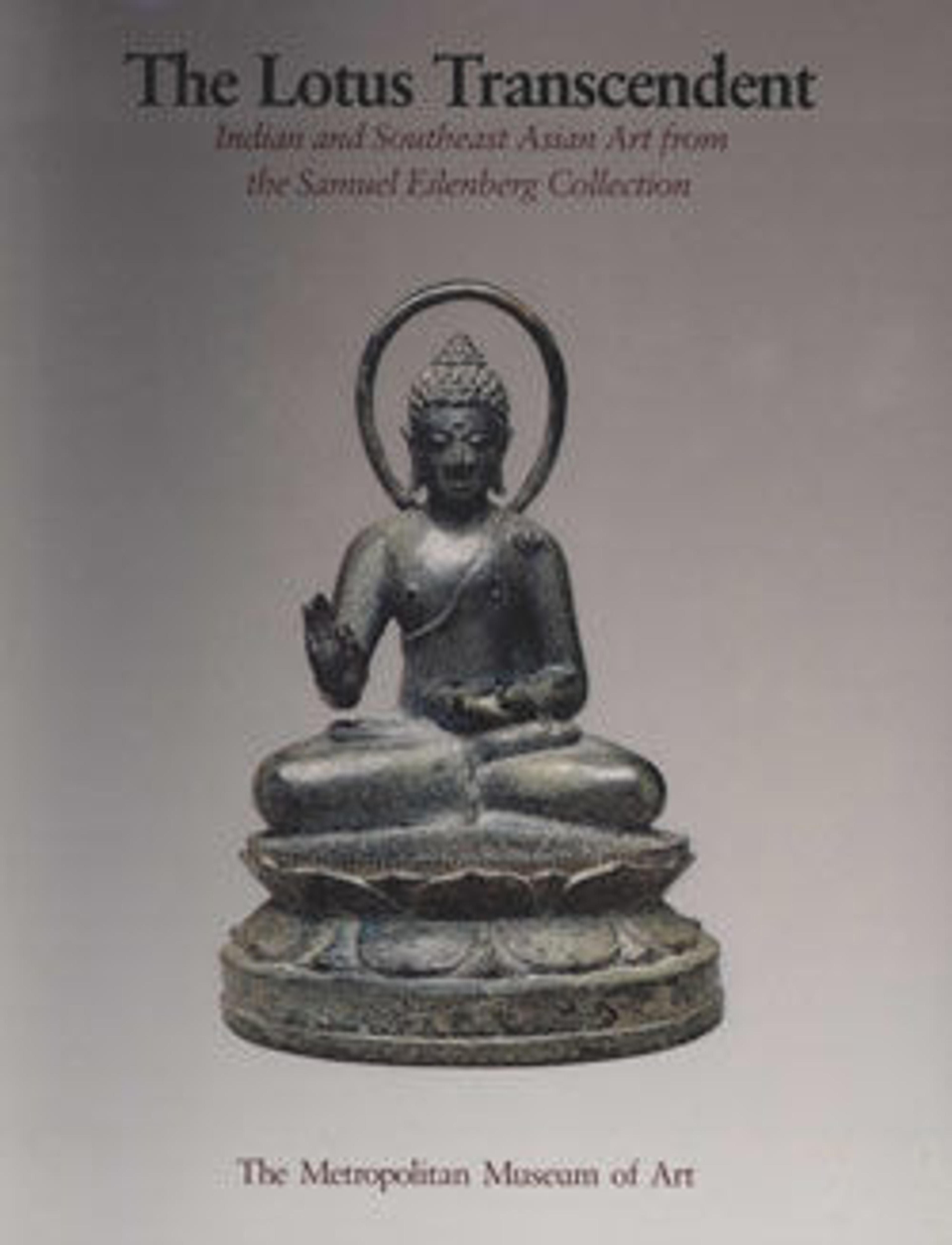Jain Siddha Bahubali, Entwined with Forest Vines
The oldest Jain image in the Metropolitan Museum's collection also happens to be the earliest known representation of the subject in Jain art, that of Bahubali, a prince who attained the stature of a perfected being (siddha). Although never admitted to the pantheon of twenty-four tirthankaras, he nonetheless attained jina-like status. The legend of Bahubali tells of a prince who renounces violence after coming close to slaying his brother Bharata in a battle of succession and then renounces pride and its expression—violence to other living creatures. Embracing ahimsa (nonviolence), he meditates in the "body-abandonment" posture in a forest, where he is entwined by vines and hosts birds that nest in his hair until he attains moksha.
This diminutive icon is part of a tradition that inspired the largest rock-cut icon in the Indian subcontinent, the Bahubali at Shravana Belgola, in Karnataka, a sixty-foot-high image sculpted from living rock in the tenth century. This icon has been ritually lustrated in the mahamastakabhisheka festival since that date on a twelve-year cycle, most recently celebrated in 2006.
This diminutive icon is part of a tradition that inspired the largest rock-cut icon in the Indian subcontinent, the Bahubali at Shravana Belgola, in Karnataka, a sixty-foot-high image sculpted from living rock in the tenth century. This icon has been ritually lustrated in the mahamastakabhisheka festival since that date on a twelve-year cycle, most recently celebrated in 2006.
Artwork Details
- Title: Jain Siddha Bahubali, Entwined with Forest Vines
- Period: Chalukyan period
- Date: late 6th–7th century
- Culture: India (Karnataka)
- Medium: Copper alloy
- Dimensions: H. 4 3/8 in. (11.1 cm)
- Classification: Sculpture
- Credit Line: Samuel Eilenberg Collection, Gift of Samuel Eilenberg, 1987
- Object Number: 1987.142.339
- Curatorial Department: Asian Art
More Artwork
Research Resources
The Met provides unparalleled resources for research and welcomes an international community of students and scholars. The Met's Open Access API is where creators and researchers can connect to the The Met collection. Open Access data and public domain images are available for unrestricted commercial and noncommercial use without permission or fee.
To request images under copyright and other restrictions, please use this Image Request form.
Feedback
We continue to research and examine historical and cultural context for objects in The Met collection. If you have comments or questions about this object record, please complete and submit this form. The Museum looks forward to receiving your comments.
